French Bread Rolls are the PERFECT yeast bread to serve on the weekend because they’re warm and fluffy on the inside, crusty on the outside, and incredibly easy to make!
Easy homemade bread doesn’t have to be intimidating, including White Bread, Homemade Dinner Rolls, Cornbread or even Garlic Bread.
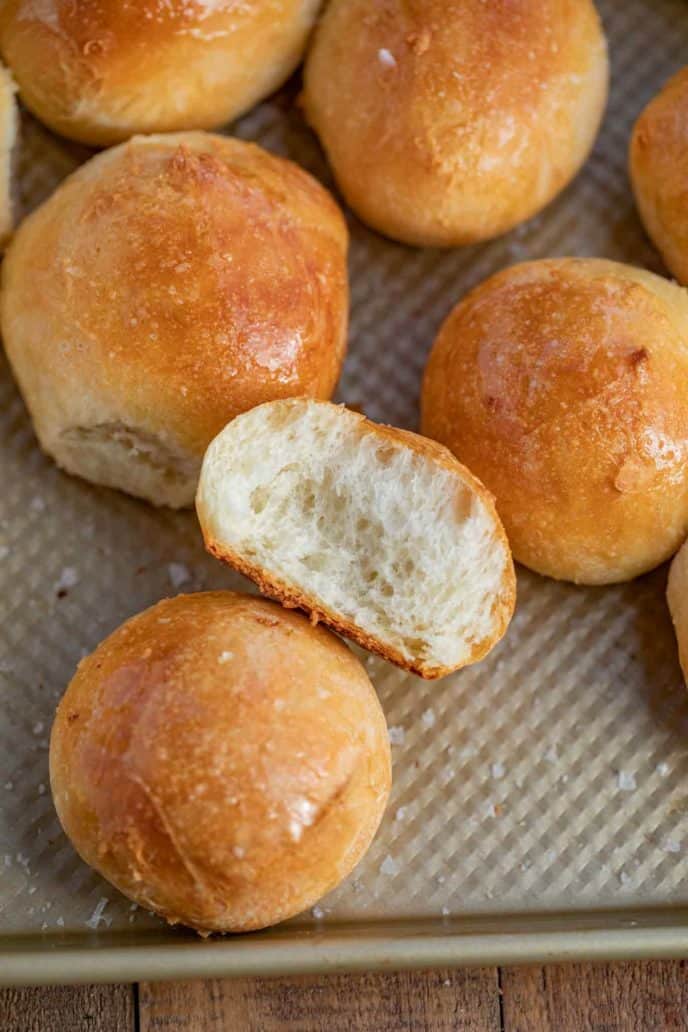 FRENCH BREAD ROLLS
FRENCH BREAD ROLLS
French Bread Rolls are the PERFECT thing to serve with dinner. They’re soft and fluffy on the inside, and crusty on the outside like a French baguette. This is one of my go-to roll recipes because they’re also an incredibly easy yeast bread to make, plus you don’t have to knead it by hand because it’s done entirely in the stand mixer!
I love to serve this french bread recipe for lunch with Classic Minestrone Soup or a Classic Wedge Salad, or for dinner with my Meat Lasagna. This roll recipe also works perfectly with my Sloppy Joe fillings. If you want a more flaky breakfast option you can also check out my recipe for Buttermilk Biscuits!
HOW LONG DO FRENCH BREAD ROLLS LAST?
French bread dinner rolls will last at room temperature for 4-5 days, wrapped tightly. You can also store them in an airtight container to keep them soft. Heat the french bread in the oven wrapped in tinfoil at 200 degrees F to make them seem fresh-baked again before serving.
CAN YOU FREEZE FRENCH BREAD DINNER ROLLS?
French bread rolls can be frozen either before or after they’ve been cooked. For cooked, freeze them in a sealable plastic bag wrapped in tinfoil. Defrost at room temperature for a few hours before serving, or reheat in the oven to make them soft and crusty again.
For uncooked, divide the dough into balls, then place on a baking sheet and place in the freezer. Once they’re frozen, about an hour, you can move them to a plastic bag. When you’re ready to bake, place them back on the baking sheet and bake according to the recipe, spraying with cold water to make them extra crusty (make sure it’s cold, warm water won’t work as well).
WHY IS MY FRENCH BREAD SO HARD?
If your roll recipe turns out too hard, it’s possible that you’re overcooking the rolls. Set a timer, and use an oven thermometer to make sure the oven is cooking at the right temperature.
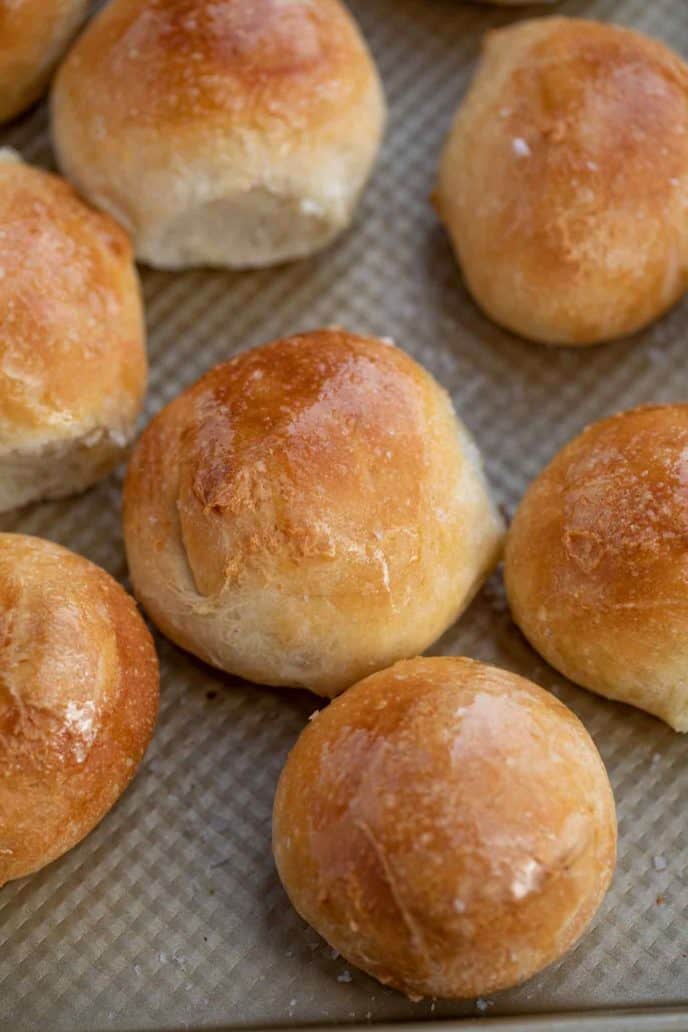
Create a free account to Save Recipes
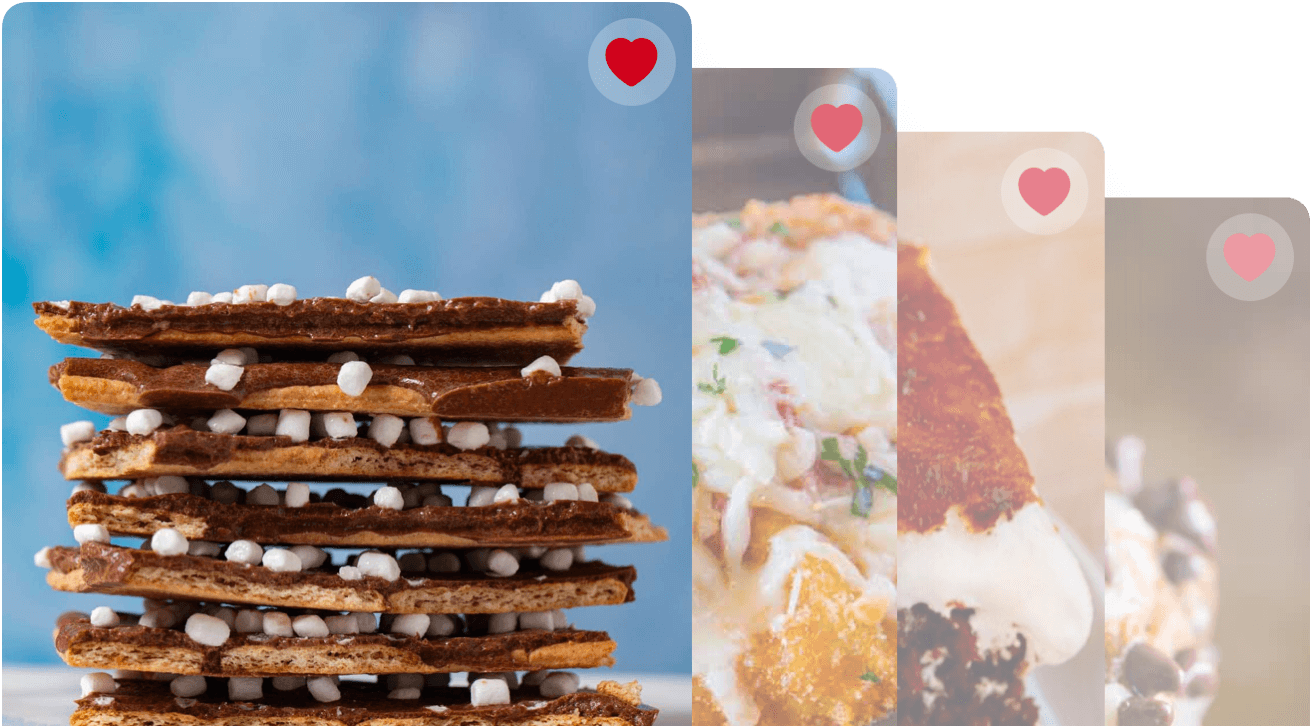
WHICH FLOUR DO YOU USE FOR FRENCH BREAD?
Some french bread recipes call for bread flour, because bread flour contains more protein. But I find that all purpose flour works fine instead of bread flour for this french bread recipe. You can also use whole wheat or other wheat flour for a healthier version.
SOUPS TO ENJOY WITH THESE ROLLS
TIPS FOR MAKING FRENCH BREAD ROLLS
- Make sure to set a timer and let the yeast and sugar sit in the hot water for the full time in this bread recipe. This step is called “proofing”, and it lets the yeast activate. The water will look cloudy and slightly foamy when it’s ready to use. I let it proof in the stand mixer, but you can use any large bowl.
- When you’re letting the dough rise, the yeast needs a warm environment to grow. I usually put it near a window, or if your oven is on for another recipe you can keep it on top of the stove.
- Make sure your yeast is as fresh as possible for this bread recipe. If the packet is expired, I recommend not using it, because your french bread won’t rise correctly.
- Watch the french bread dough carefully, and stop kneading when it starts pulling away from the bowl. Kneading the dough for too long can result in dense rolls.
- We’re using the stand mixer for this bread recipe, but you can knead it by hand if you want to.
- You can use this same french bread recipe to make french bread dinner rolls or an actual loaf or baguette. Or roll them very thin and make breadsticks! You can also buy a baguette pan that will help keep the baguettes crispy on the top and bottom.
- Wrap these french bread dinner rolls in tinfoil after they’re done baking, to keep them warm until you’re ready to serve.
- Line your baking sheet with parchment paper to help keep the french bread from sticking.
- You can substitute the active dry yeast with rapid rise yeast if you have to.
- If the dough is sticking to your hands while you’re trying to work with it, dust your hands with flour lightly.
- Brush the baguette dough with egg wash, or with butter to make the outside golden brown. You can also use a sharp knife to slice down the middle top of the roll for presentation.
- Serve this french bread with soft butter or olive oil and herbs, and a sprinkle of flaky sea salt (my favorite fancy yet inexpensive finishing touch on foods) on top.
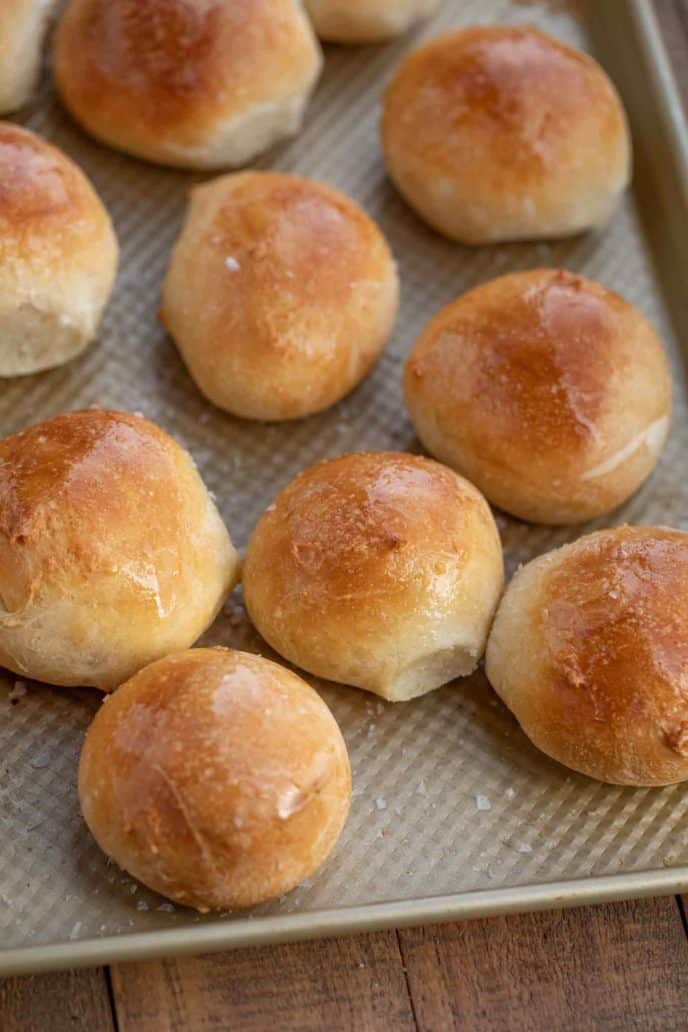

French Bread Rolls
Ingredients
- 1 1/2 cups warm water (110 degrees)
- 3 teaspoons active dry yeast
- 2 tablespoons sugar
- 2 tablespoons vegetable oil
- 2 teaspoons kosher salt , divided
- 3 1/2 cups flour
- 2 tablespoons unsalted butter , melted
- spray bottle with ice water
Instructions
To a stand mixer add the warm water, yeast and sugar and let sit for 10 minutes until cloudy.
Add the oil, half the salt and 2 cups of the flour with the dough hook and let it combine on medium speed adding the flour in 1/4 cup increments until the dough starts to come together and eventually starts to pull away from the bowl, then turn up the speed and let it knead for 5 minutes.
Add to an oiled bowl and turn in the bowl to coat with oil then cover with a damp towel and let rise in a warm spot until it doubles in size for 60 minutes.
Divide the dough into 16 balls, place on a greased baking sheet and let rise for an additional 30 minutes then brush gently with butter and sprinkle with remaining salt before baking at 400 degrees for 18-20 minutes spraying the dough with ice water twice halfway through the baking process to make the crust chewier.
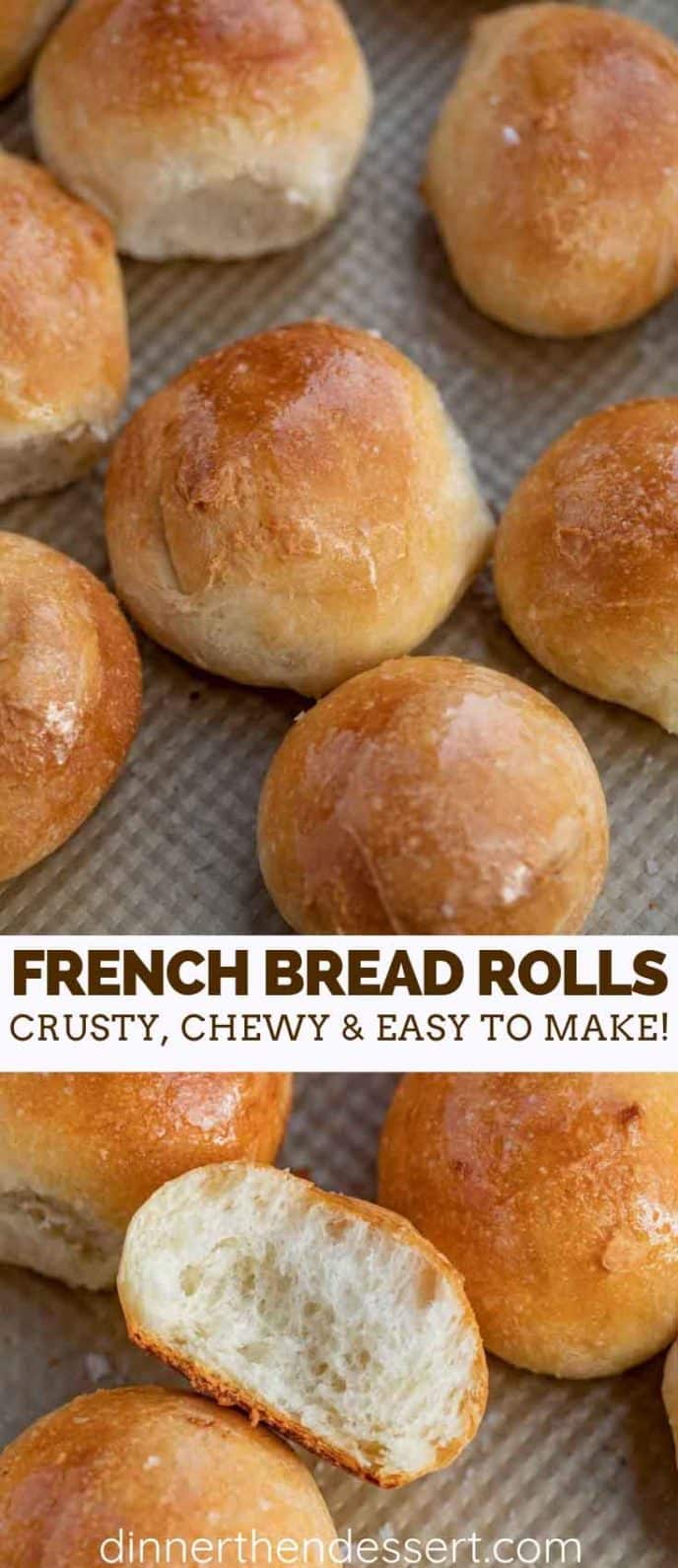
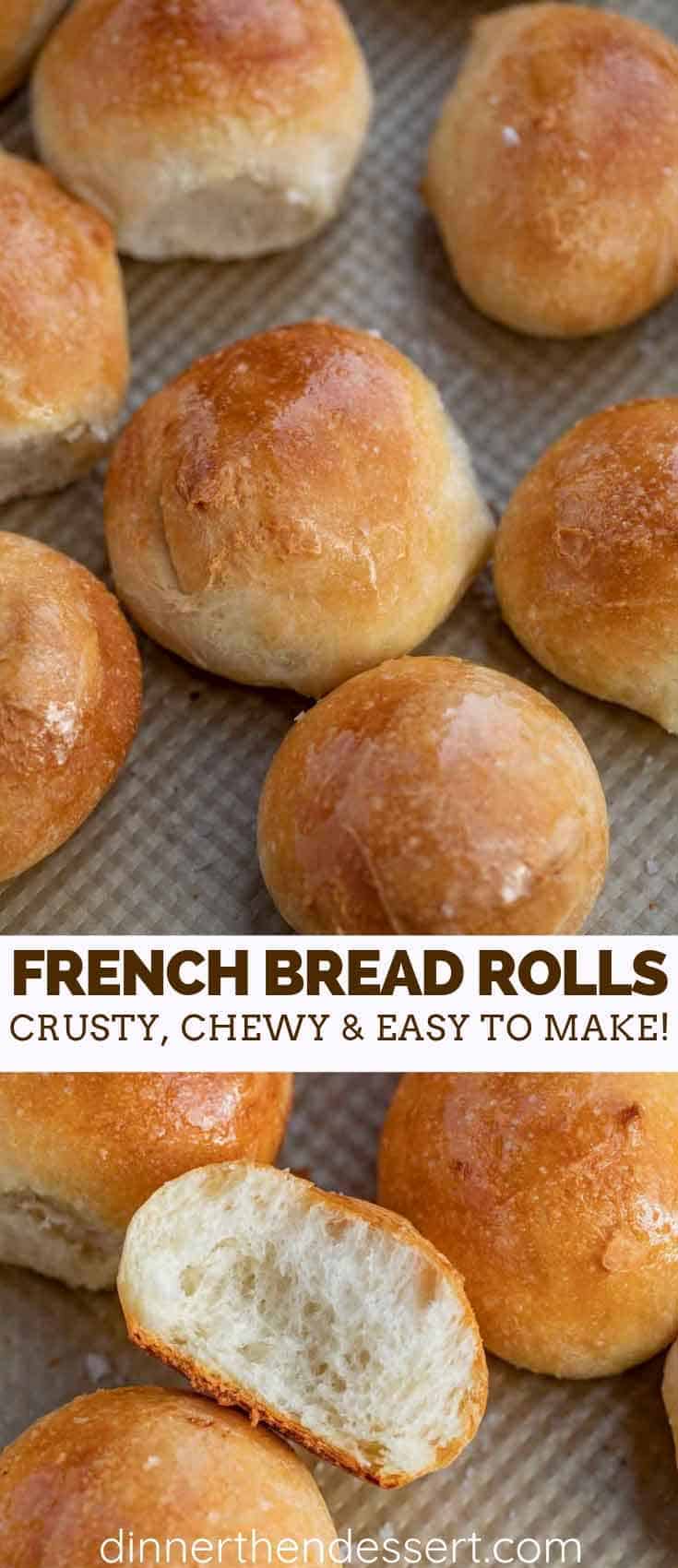
I made these exactly per recipe, other using pastry/bread for New Year’s family prime rib dinner. They were fantastic. Of course, as (my grandsons say) the greatest and best baker ever, I have an extensive experience base and these are the best french dinner rolls I have made or eaten. So simple and easy .
I’m so glad to know they were such a hit, Jeannie. Thanks for the 5 stars.
Excellent rolls! I added more kosher salt to the actual recipe and then used sea salt for on top of the rolls. I used a scale and weighed out each roll to 61 grams to get sixteen even size rolls. This recipe is a definite keeper!
Thanks for the 5 stars, Tommy.
As others have said there’s something wrong with the flour/water ratio. I make a lot of bread & did think it was incredibly wet, like a high hydration sourdough. Was almost impossible to form dough balls even after multiple folds while it was proofing. I ended up with flat rolls but they were fluffy with a nice crust.
I used metric which equates to 81% hydration which is ridiculously high! Switching to cups still gives 74% (not including the oil so actually worse). Normal doughs range between 55-65% usually so somethings off.
I assume all the positive comments are from people who added a lot of extra flour?
Did you end up using 3 1/2 cups of flour? If not, how much did you end up using?
Omg!!! This was so good. It’s a keeper
Excellent recipe. I made the rolls into a turkey shape for Thanksgiving and it turned out so cute and tasted great. I’m going to try to shape a Christmas tree for Christmas dinner.
Such a creative idea, Dawn!
These were amazing and paired very nicely with my beef stew. I’ve never made any type of bread before and, even though I think I messed up the mixing and flour addition, they came out wonderful! If I can make these as a beginner, they’re definitely “easy.” I’m absolutely making them again.
I’m so glad you decided to give the recipe a try, Kyle. Thanks for the 5 stars.
The first time I made these, they turned out pretty flat. The second time I made them, I subbed the all-purpose flour with bread flour and use instant active yeast rather than regular active yeast. Instead of making rolls, I formed it into one big loaf. Before going into the oven, it flattened by a lot but rose again while baking. turned out golden brown and a very good addition to my family’s Thanksgiving dinner!
These are not only perfect for eating by themselves but make excellent sandwich buns. My only question is regarding the water spritz while baking. Do you spray once or twice? The recipe says “twice half way through.”
Sorry, I meant I gave it two sprays of water halfway through the baking process. Hope this clears things up.